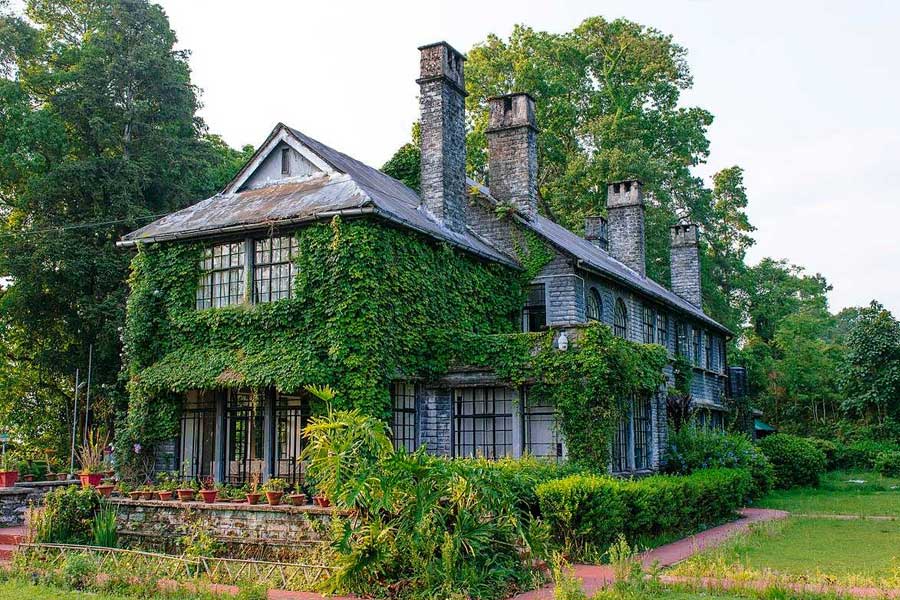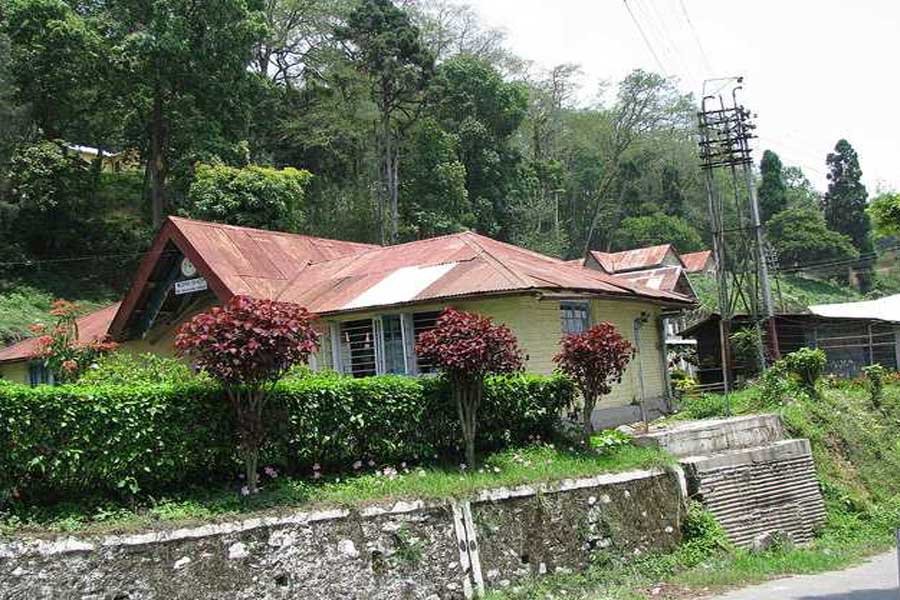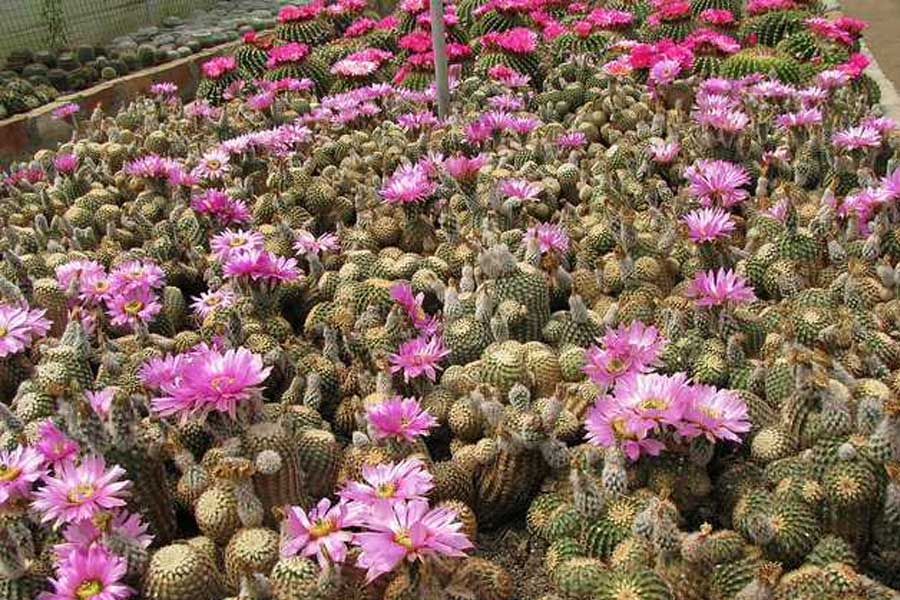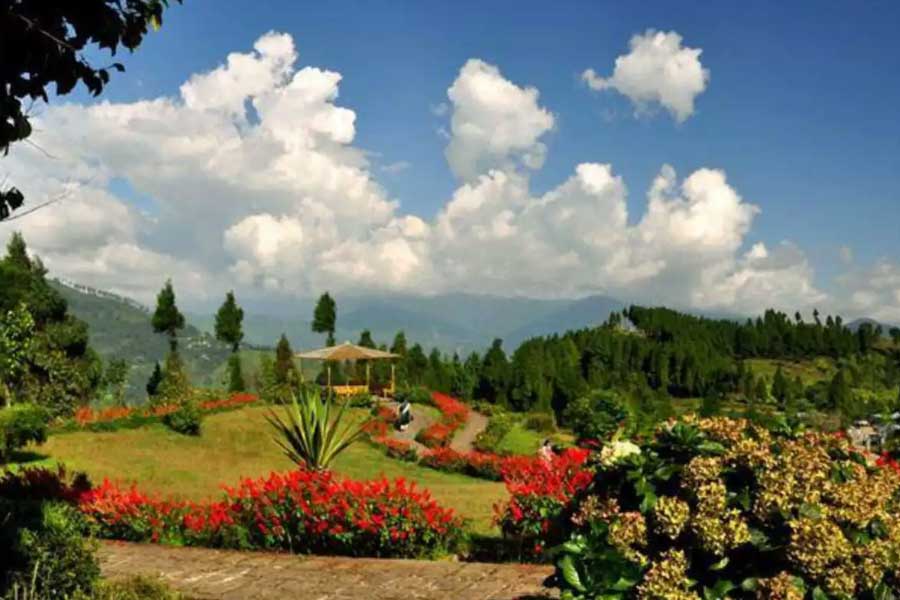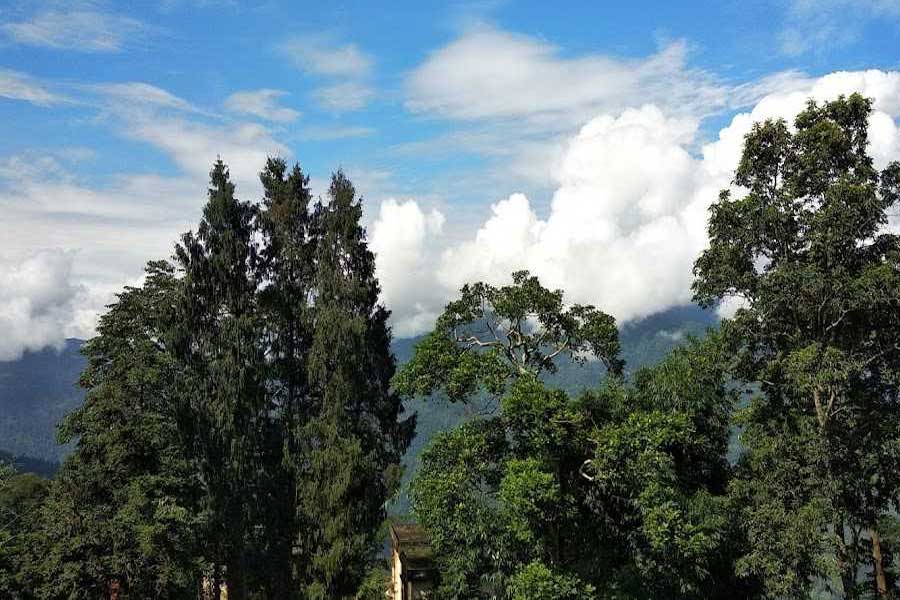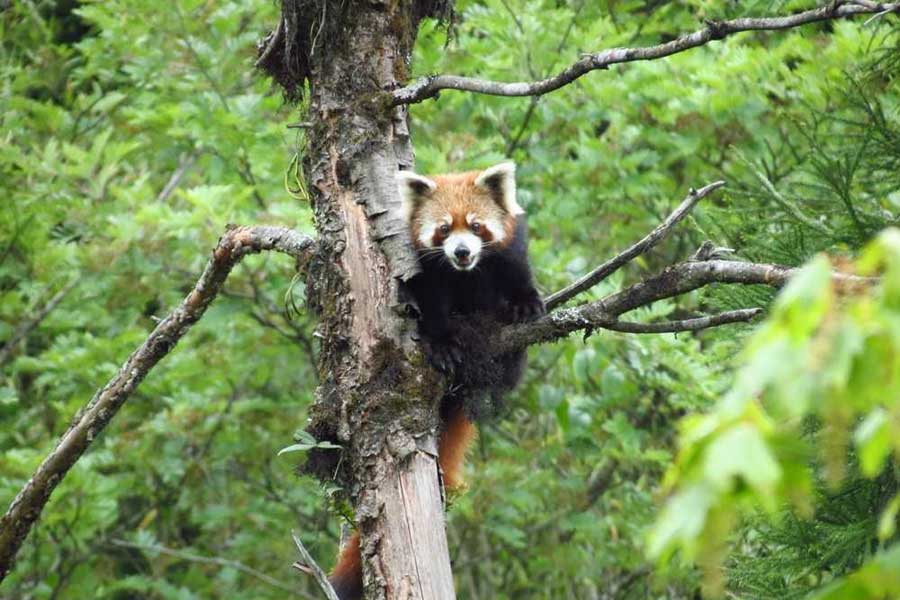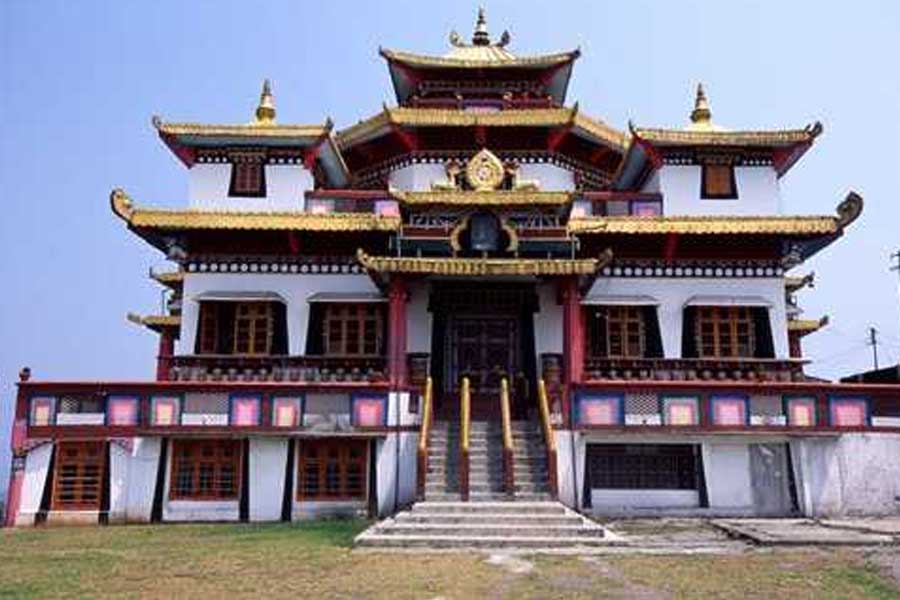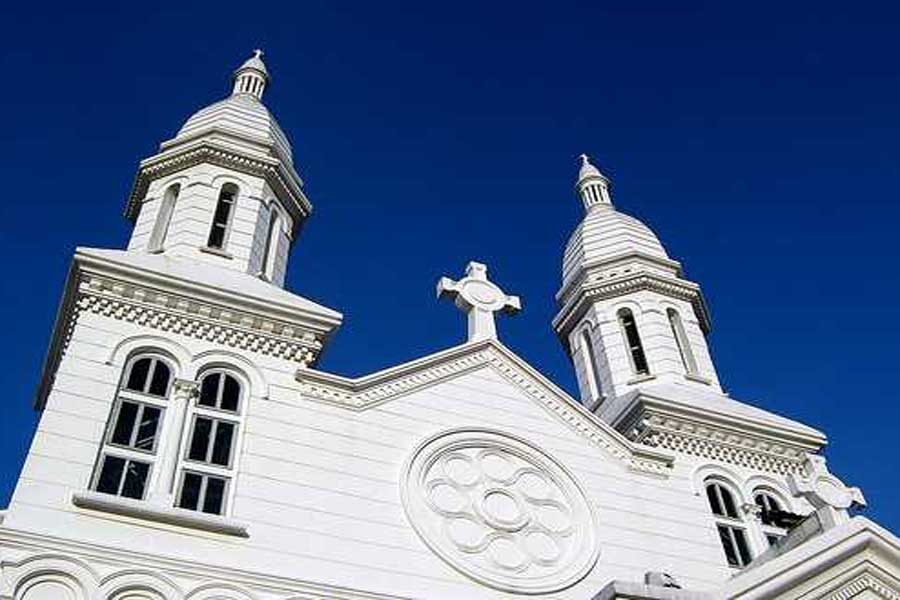In & Around Kalimpong
1. Morgan House
The Morgan House was constructed in the 1930s by Mr George Morgan, a jute tycoon. In this house, Mr Morgan celebrated his wedding with a lady who was an indigo plantation landlord. After the marriage, Mr and Mrs Morgan occupied the British colonial mansion; it was their summer home for a long time. The Morgan House is a testament to the architectural grandeur of the colonial era – the stone Victorian mansion with a gabled roof, glass windows and towering chimneys.A trust took ownership of the house after its abandonment. After India attained Independence, the government took control of the property. West Bengal Tourism Development Corporation Ltd. (WBTDCL) currently runs the house as a boutique hotel.
2. Durpin Dara Hill
Durpin Dara means “binocular hill” in the local language. One can indeed get a great view with a cool pair of binoculars. It is one of the two hills connected by a ridge on which the town of Kalimpong stands. The hill commands a panoramic view overlooking the town of Kalimpong, the snow clad Himalayan ranges of Sikkim, the Teesta River and the Jelepla Pass in the distance. A golf course is also there just off the summit. On top of the hill sits the Zang Dhok Palri Monastery which was consecrated by the Dalai Lama in 1976. The monastery holds in its reliquary 108 volumes of the Kangyur, as well as other holy books and scrolls that were moved out of Tibet after the Chinese invasion. This place is uniquely spiritual and one can attain mental peace by simply walking around this magnificent structure.
3. Cactus Nursery
Kalimpong is an ecological paradise, boasting an abundance of diverse flora and fauna, including the largest and rare collection of cacti in the Eastern Himalayan region. The Pine View Nursery, also known as the Kalimpong Cactus Nursery, is a botanist’s dream, home to over 100 unique varieties of cactus. Nestled on the secluded side of the town and surrounded by dense forests, the Kalimpong Cactus Nursery is a hidden gem worth discovering. Visitors can also admire an extensive collection of orchids while admiring the stunning cacti, creating an idyllic setting for capturing beautiful photographs. As a special memento, tourists can purchase cacti and orchid plants or seeds directly from the nursery. The Kalimpong Cactus Nursery is a must-see destination for those with an interest in gardening.
4. Deolo Hill
Deolo Hill is one of the two hills in between the town of Kalimpong stands, the other one is Durpin Hill. Out of the three water reservoirs in Kalimpong, two of which are primary source of drinking water, are located atop this hill. From the top of this hill, tourists can enjoy beautiful views of the surrounding villages of Relli valley and Teesta River along with the town of Kalimpong. On a clear day, the snow-clad mountains of West Sikkim are also visible from this hill.At the summit of the hill, there is a park built for recreation purposes which feature exotic flowers. The park is a popular picnic spot for tourists as well as locals. There are also some viewpoints for the mesmerizing view of the sunset and sunrise. The hill also offers various adventure-sports like paragliding, horse riding and trekking.
5. 7th Mile View Point
The 7th Mile Viewpoint is located 3km outside of Kalimpong, West Bengal and is a part of most tourist circuits. The viewpoint overlooks the stunning Teesta Rangeet Valley and tea plantations and is the ideal place to relax. The viewpoint attract a lot of tourists and locals who come here to revel in the tranquillity of the area while enjoying views of the Teesta River flowing through the mountains. Hiking and picnicking are also quite popular here. It is well-known as a photography spot because of the lush beauty and a visit to the viewpoint at sunset is even more wonderful since the sky is the process of changing colours! One might also encounter a number of monkeys here.
6. Neora Valley National Park
Neora Valley National Park (NVNP) is considered as one of the most endowed biological zones, which spreads over an area of about 88 Sq. km. and is situated near Lava in the foothill of majestic Himalayan Mountains. This park is bordered by the forests of Sikkim on one side and by Bhutan on the other. Rich is biodiversity and with the spectacular Kanchenjunga mountain in the backdrop, this forest is a home to more than 31 species of mammals, 258 species of birds, 276 species of insects, 38 species of other invertebrates including 6 species of leeches. The existence of inaccessible forests in its territory makes it a unique protected areas for endangered species.
7. Jang Dog Palriffo Brang Gompa
Kalimpong is a hill station in the Darjeeling district of West Bengal, India. It is located at an altitude of 1,250 metres (4,101 ft). The town is the headquarters of the Kalimpong subdivision. The town has a moderate climate with summer temperatures ranging from 18 to 28 degrees Celsius and winter temperatures ranging from 2 to 18 degrees Celsius. Kalimpong is a popular tourist destination. It is known for its monasteries, orchids, and tea plantations. Consecrated by Dalai Lama in 1976 Jang Dong Palriffo Brang Gompa is also known as Durpin Monastery. The monastery serves as a sample of Buddhist construction style with beautiful paintings on the walls and the sacred Kunguyar serve as an important feature of this monastery.
8. St.Theresa Catholic Church
Being highly sought-after points of interest, St. Theresa Catho;lic Church is thronged by the wayfarers from all over the world. To make your visit worthwhile, we have compiled some crucial information about its architecture, nearby local places, the restaurants, and much more. So, get ready to be informed.This church is built by the local craftsman looks the same as a Bhutanese Ghompa or better known as Bhutanese Monastery. This is made in a Tibetan architectural style and thus seems impressive. The walls are enriched with the amazing painting and inscriptions from the Bible. The doors of this church have symbols of tashi tagye which are the eight symbols of Buddhism.

